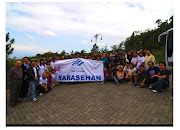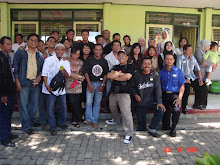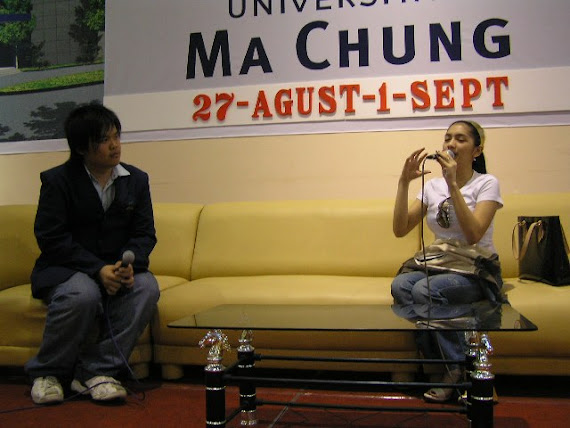Hi, good morning, how are you, I’m fine, thank you are among commonly used expressions people say when starting to converse with other people in day to day life. No matter how bad or good the day might be, people would keep saying ‘good morning’. Furthermore, in reply to the addresser’s question of ‘how are you’, the addressee probably says ‘I’m fine, thank you’ despite the fact that the latter might be confronted by terrible feelings inside. By contrast, if a person does otherwise, not saying anything to his or her neighbors or being silent , then the other person would most probably raise his eyebrows and readily suspect that something must have gone wrong.
Perhaps, people do these as a routine, all of which seem to have gone by automatically and mechanically, they hardly think why to do so. Why do they have to smile, nod their heads and use different modes of utterances when meeting to other different people? Why do these behaviors seem to be imposing on people, and hence the latter must be willing to wear “the mask”, letting “the roaring terrible feeling” be deeply subordinated and hidden deep inside their minds?
Hill (1986) views these ‘constraining’ social attitudes as politeness that aims at considering other’s feelings, establishing of mutual comforts, and promoting rapports. Lakkof (1972), on the other hands, regards politeness as ‘what we think is appropriate behavior in particular situations in an attempts to achieve and maintain successful social relationship with others’.
Hence, politeness as constraining deeds in this sense prescribes a system of conducts, norms, convention, and the like that comes into play functioning as means of guiding and organizing the flow of message (verbal) and behavior (non verbal). By satisfying this culturally prerequisite demand, we can say that people’s behavior is considered polite. By contrast, the violation of this constraint might be labeled as impoliteness or inappropriate attitudes according to the prevailing norms.
Politeness as part of social dimension has been the study of sociologist Erving Goffman (1967) who sees it as symbolic interaction shared by individuals. He puts an analogy of these social phenomena like drama performance on the stage involving actors and audiences. Just like the actor who wants to look good before the audience, person in real life expects to do so as to make his face or esteem recognized, liked and appreciated. In attaining that objective, he complements other people. This is called a positive face. However, when a person intends his desire be acceptable, for not infringing the other person, it is called negative face.
Jumat, 30 Januari 2009
Langganan:
Komentar (Atom)






